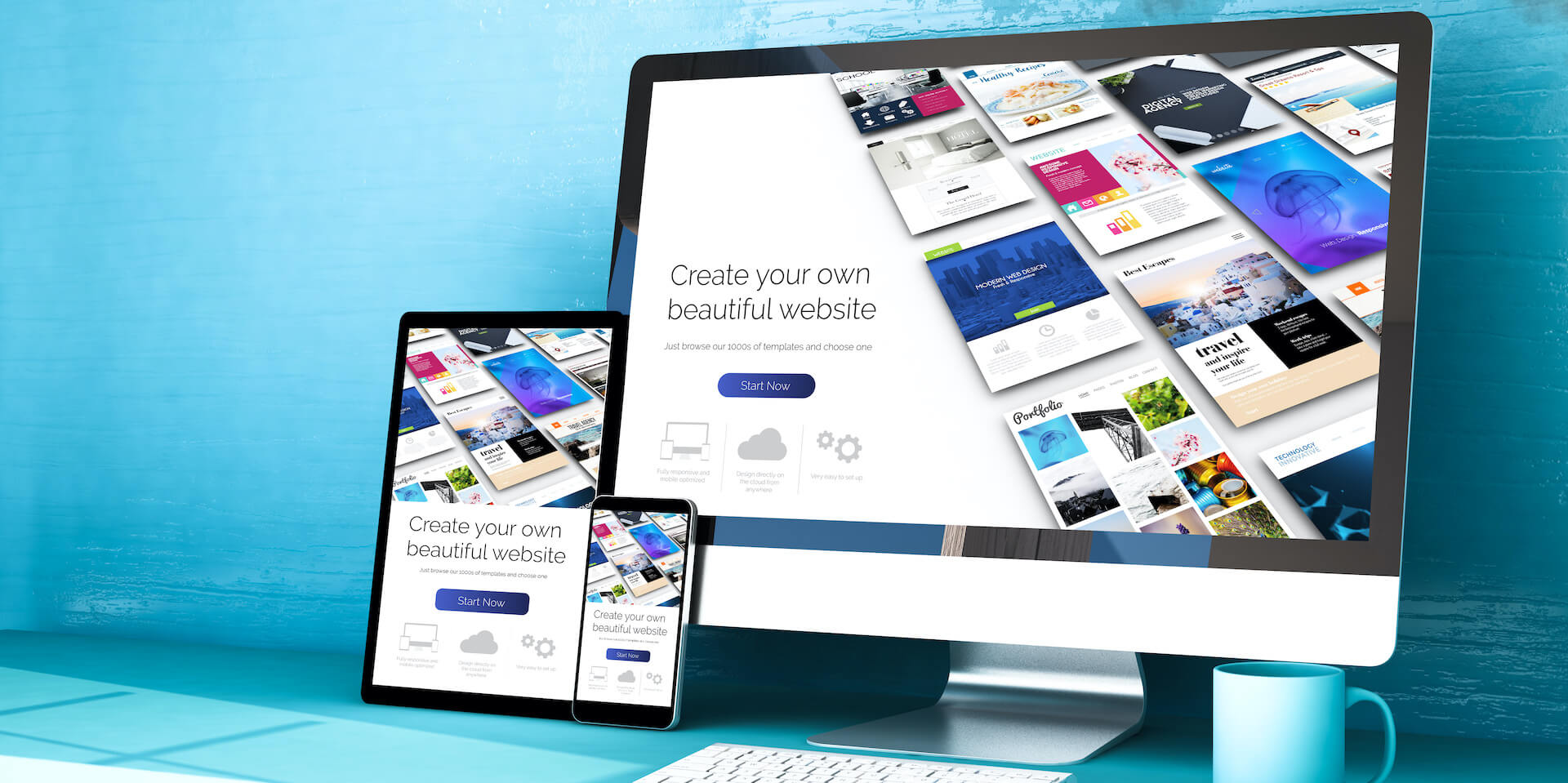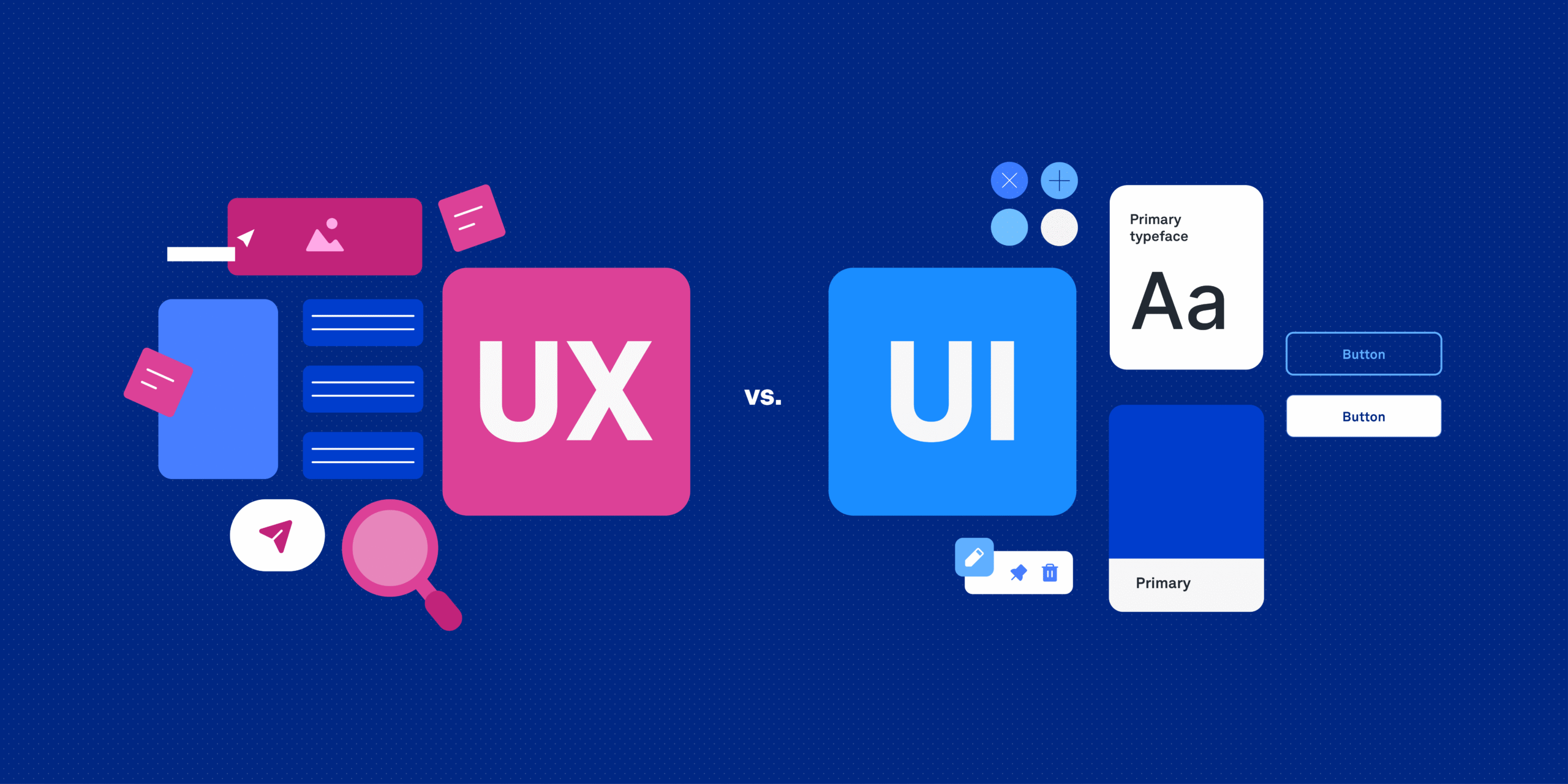
Every business these days has a website. Maybe you’ve noticed some websites are easier to read, faster to load, and more enjoyable to use. This is the result of successful web design, which creates a positive user experience (UX).
The 10 principles of web design provide a framework to ensure websites are visually appealing, user-friendly, and effective. By mastering these principles, aspiring designers can create professional websites that stand out.
Overview of the 10 Principles of Web Design
Graphic designers who create websites follow universal guidelines that elevate a design from amateur to professional. These principles cover elements such as:
- Layout
- Typography
- Color
- Imagery
Together, these elements make websites attractive, easy to navigate, accessible, and search-engine optimized.
The Ten Principles of Web Design
1. Purpose
The first step in web design is defining the purpose of the website. Without clarity, the design won’t effectively guide users toward conversions.
Common website purposes include:
- Selling products or services
- Providing information or resources
- Entertaining or engaging visitors
Understanding purpose ensures a streamlined design process and better user experience.
2. Simplicity
Simplicity ensures users reach their goal without friction.
Examples of simplicity in web design:
- Usability: Easy navigation keeps users engaged.
- Load Times: Faster sites improve conversions.
- Mobile Responsiveness: Design for mobile first.
- Clarity: Straightforward paths to actions like purchases or signups.
A clear, simple design leads to stronger engagement and higher conversions.

ALSO READ: The Ultimate Guide to Web Development for Beginners
3. Navigation
Navigation defines how users move through your website. Poor navigation often causes users to leave.
Strong navigation helps with:
- User Experience (UX): Easy movement improves satisfaction.
- Customer Retention: Clear paths encourage return visits.
- SEO: Search engines use navigation to understand your site.
4. Visual Hierarchy
Using fonts, colors, contrast, and spacing, designers can guide user attention strategically.
Benefits of visual hierarchy:
- Grabs attention
- Improves readability
- Organizes information logically
- Establishes consistent branding
5. Content
A visually stunning website won’t succeed without valuable content.
Why content matters:
- SEO: Quality, updated content boosts rankings.
- Credibility: Showcases expertise.
- Authority: Establishes leadership in the field.
- Social Sharing: Great content spreads.
- Conversions: Clear calls-to-action (CTAs) drive results.
Content remains the backbone of effective web design.
6. Typography
Typography is more than just choosing a font. It shapes readability and branding.
Typography essentials:
- Legibility: Fonts must be clear and easy to read.
- Branding: Consistent use reinforces brand identity.
- Communication: Fonts set tone and personality.
- Hierarchy: Use size, weight, and color to guide readers.
- Consistency: Stick to selected typography across all pages.
7. Color
Color sets mood, tone, and emotional response.
Key considerations:
- Emotion: Warm colors excite; cool colors calm.
- Contrast: High contrast improves readability.
- Navigation: Colors can guide users to clickable areas.
- Aesthetics: A harmonious palette strengthens brand identity.
8. Consistency
Consistency builds trust and recognition.
It impacts:
- Brand Identity: Creates a reliable image.
- Usability: Familiar elements improve navigation.
- Conversions: Trustworthy brands win more customers.
9. Accessibility
Accessibility ensures that all users, including those with disabilities, can use your website.
Why accessibility matters:
- UX: Easier for everyone to navigate.
- Legal Compliance: Meets web accessibility standards (W3C).
- Inclusivity: Creates equal opportunities online.
- SEO: Improves rankings in search results.
Accessible design is not only ethical but also strategic.
10. Mobile Compatibility & Responsiveness
More users browse the web on mobile than desktop. If a site isn’t mobile-friendly, it fails.
Benefits of responsive design:
- Better user experience
- Increased traffic
- Higher conversions
- Improved search engine rankings
Design for mobile first to ensure maximum performance.
How to Become a Web Designer
Interested in turning web design into a career? The path is shorter than you think. Many programs, like ECPI University’s Bachelor of Science in Web Design & Development, provide hands-on, practical training in just 2.5 years.
Final Thoughts
The 10 principles of web design are the foundation of creating websites that are not only beautiful but also functional and effective. By focusing on purpose, simplicity, navigation, content, consistency, and responsiveness, designers can build websites that delight users and deliver results.




